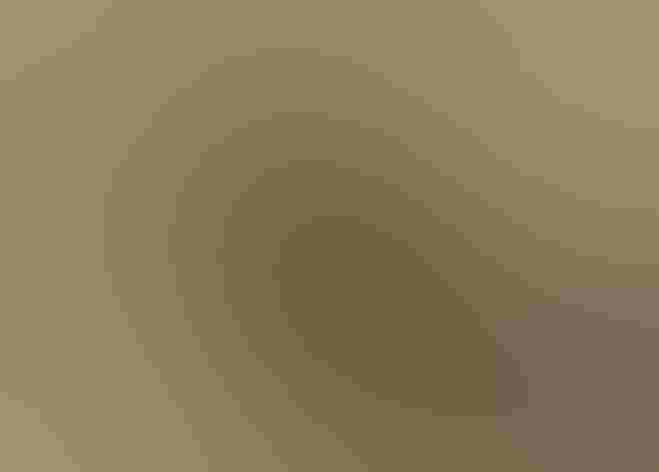Great-tailed Grackle
At a Glance
Wherever it occurs, this big blackbird is impossible to overlook -- especially the male, with his great oversized tail and incredible variety of callnotes. In the southwest, flocks of Great-tailed Grackles feed in open country during the day, but often come into towns at night, forming noisy roosting aggregations in the trees in city parks. During recent decades, this species has greatly expanded its range within our area, and it is still spreading north in some areas.
All bird guide text and rangemaps adapted from Lives of North American Birds by Kenn Kaufman© 1996, used by permission of Houghton Mifflin Harcourt Publishing Company. All rights reserved.
Category
Blackbirds and Orioles, Perching Birds
IUCN Status
Least Concern
Habitat
Arroyos and Canyons, Coasts and Shorelines, Desert and Arid Habitats, Fields, Meadows, and Grasslands, Freshwater Wetlands, Lakes, Ponds, and Rivers, Landfills and Dumps, Shrublands, Savannas, and Thickets, Urban and Suburban Habitats
Region
Rocky Mountains, Southwest, Texas
Behavior
Direct Flight
Population
30.000.000
Range & Identification
Migration & Range Maps
Mostly migratory in northern parts of its range; however, it has recently become a permanent resident in some areas where it formerly occurred only in summer.
Description
Male, 16-18" (41-46 cm); female, 12-15 (30-38 cm). Very long tail, yellow eyes. Male glossy black, more evenly colored than Common Grackle and much larger. Female buff below and on eyebrow, smaller than male. Compare to Boat-tailed Grackle.
Size
About the size of a Crow, About the size of a Mallard or Herring Gull, About the size of a Robin
Color
Black, Brown, Tan, Yellow
Wing Shape
Rounded
Tail Shape
Long, Rounded, Wedge-shaped
Songs and Calls
Variety of whistles, clucks, and hissing notes.
Call Pattern
Falling, Flat, Rising, Undulating
Call Type
Buzz, Chatter, Chirp/Chip, Hi, Rattle, Raucous, Scream, Trill, Whistle
Habitat
Groves, thickets, farms, towns, city parks. Found in many kinds of open and semi-open country, mostly in the lowlands, including farmland, marshes, irrigated fields, suburban lawns, brushy areas. Avoids true desert situations but may be common around streams or ponds in dry country.
Sign up for Audubon's newsletter to learn more about birds like the Great-tailed Grackle
Behavior
Eggs
3-4, sometimes 5. Pale greenish blue, irregularly marked with brown, gray, and black. Incubation is by female only, about 13-14 days.
Young
Fed by female only. Young leave the nest about 3 weeks after hatching.
Feeding Behavior
Forages mostly on the ground, or by wading in very shallow water. Also forages in trees and shrubs, especially searching for nests to rob. Generally feeds in flocks.
Diet
Omnivorous. Diet is extremely varied; includes many insects, also spiders, millipedes, snails, crayfish, tadpoles, small fish, lizards, eggs and nestlings of other birds, and sometimes adult birds. Also eats a wide variety of seeds, waste grain, berries, fruit, and nuts.
Nesting
Nests in colonies, from a few pairs to hundreds at times. In courtship and territorial display, male perches in the open, fluffs out feathers, partly spreads wings and tail, rapidly flutters wings while making harsh calls. Also postures with bill pointed straight up, mainly as a threat display to other birds. Both males and females may have more than one mate. Nest site varies; usually in dense vegetation near water, including dense shrubs or low trees, but also in marsh or in tall trees. Often 2-20' above ground or water, but can be as high as 50'. Nest (built by female) is a bulky open cup made of twigs, grass, weeds, cattails, rushes, whatever materials are readily available; lined with fine grass. Mud or manure often added to base of nest. Females may steal nest material from each other.
Conservation
Conservation Status
Still expanding its range and increasing in numbers. Competition with this species may have played a part in the extinction of the Slender-billed Grackle in central Mexico many years ago.
Climate Threats Facing the Great-tailed Grackle
Choose a temperature scenario below to see which threats will affect this species as warming increases. The same climate change-driven threats that put birds at risk will affect other wildlife and people, too.










